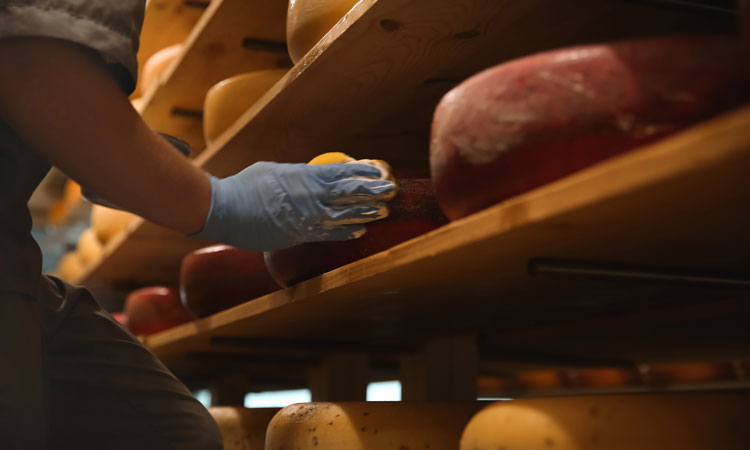Call to arms for American artisan cheesemakers
- Like
- Digg
- Del
- Tumblr
- VKontakte
- Buffer
- Love This
- Odnoklassniki
- Meneame
- Blogger
- Amazon
- Yahoo Mail
- Gmail
- AOL
- Newsvine
- HackerNews
- Evernote
- MySpace
- Mail.ru
- Viadeo
- Line
- Comments
- Yummly
- SMS
- Viber
- Telegram
- Subscribe
- Skype
- Facebook Messenger
- Kakao
- LiveJournal
- Yammer
- Edgar
- Fintel
- Mix
- Instapaper
- Copy Link
Posted: 21 April 2021 | Mandy Parrett (New Food) | No comments yet
Artisanal cheesemaking is an emerging industry in the US, peeking through the stronghold of the traditional mass-produced cheese for which it’s known.1 However, recent research reveals that this small-scale dairy community is in need of support if it’s to thrive in the future.


Despite the increasing popularity of American artisan cheese over recent decades, producers are experiencing ongoing issues that are stifling business growth. To provide a snapshot of the artisanal cheesemaking community, scientists from Tufts University surveyed 61 cheesemakers across the United States, the results of which will be published in the Journal of Dairy Science® next month.
In the article the authors divulge that the majority of producers (71 percent) are concerned about undesirable surface moulds and incorrect or unexpected colours or pigments on rinds (54 percent). Furthermore, 18 percent of the artisan cheesemakers were very concerned about quality and spoilage problems, 39 percent said that their quality standards are not met annually, and 33 percent said their quality standards are not met monthly.
“The growing US cheesemaking industry will require additional resources moving forward that address not only safety but also quality and spoilage concerns,” said first author Megan Biango-Daniels, PhD, Biology Department, Tufts University, Medford, MA, USA. “One interesting observation from our data is that cheesemakers, as a group, are unsure about how widespread quality issues are but strongly agree that additional resources to help address quality issues would benefit them personally.”
On the whole, most respondents reported only low levels of disruptive quality issues, with 62 percent experiencing between zero and five percent of their product being lost or made less valuable due to quality issues annually. However, seven percent of cheesemakers had losses of over 20 percent of their product. Nearly all respondents agreed that improved product quality would lessen waste, boost profits, and enhance production. In answer to open-ended questions, those surveyed expressed the desire for access to additional online resources that address quality topics as well as digital forums that would enable them to collaborate with experts and peers when problems emerge.
Dr Biango-Daniels added, “Regardless of what these future resources will look like, it’s important that cheesemakers budget for professional development, organisational membership, and continuing education (training online or in-person) in their business plans so that they can afford to invest in the resources that enable production of safe, high-quality cheese.”
The study suggests that addressing the concerns of cheesemakers will remain challenging due to resource and tool development barriers, the relatively few scientists who specialise in these subjects, and the limited funding sources available for this type of research.
References









